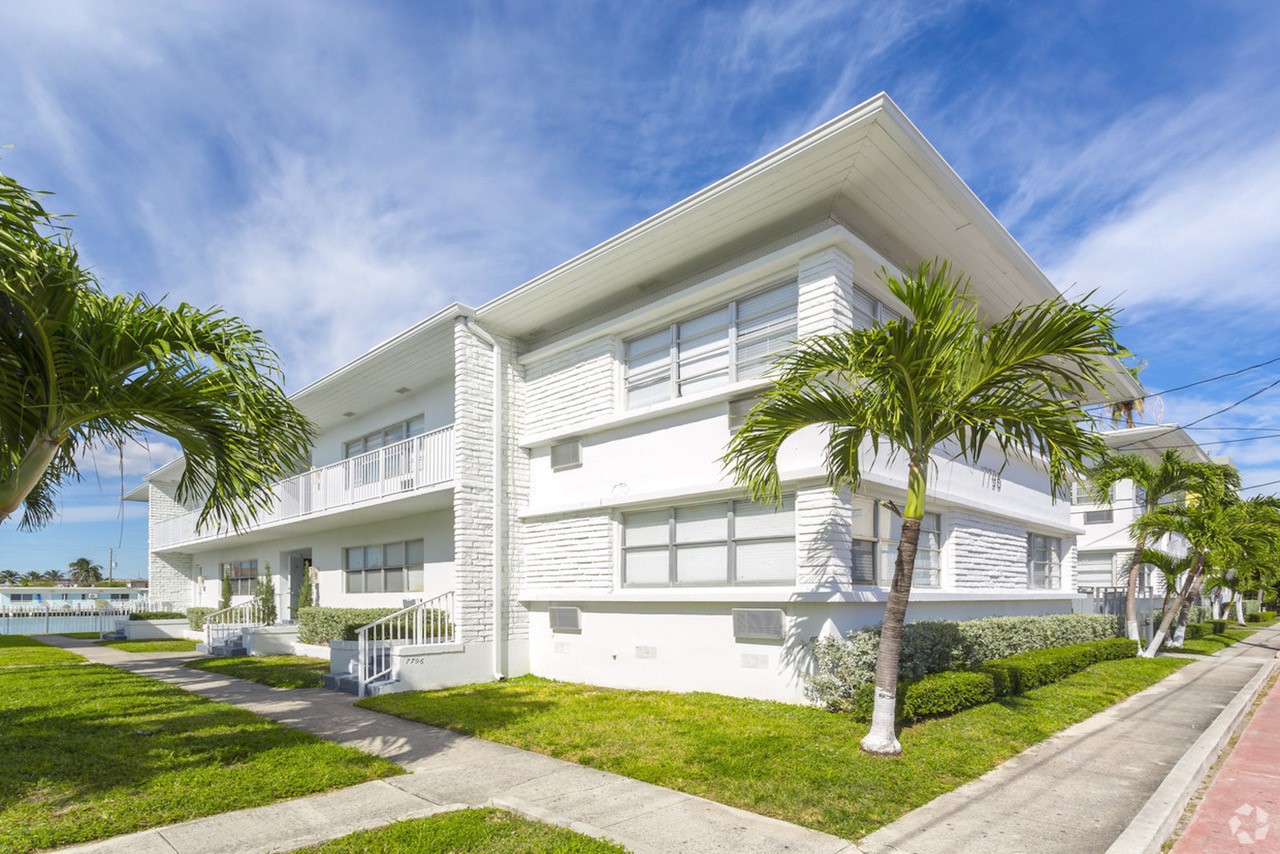
While entering the downturn on the right track, the metro’s rents and transaction volumes are dropping.

Miami ended 2019 on a high note; In a study by financial advice website SmartAsset, the metro ranked fourth out of 500 U.S. cities ranked for economic growth. Miami joined the nation’s top “boomtowns” thanks to its gross domestic product and business growth, job creation and population change. However, rents started to moderate in late 2019 and early 2020. As COVID-19’s impact unfolded, the market felt the weight of the economic dislocation. Rates in metro Miami were down 0.3 percent on a trailing three-month basis as of July, to $1,670, but were still above the $1,460 U.S. average.
In line with the national trend, employment growth started to gradually dip in late 2019, taking a negative turn in April once the effects of the pandemic became evident. The contraction exacerbated in May (-3.6 percent), when the rate fell below the U.S. average by 30 basis points. As of June, unemployment stood at 11.3 percent in metro Miami.

While major job losses occurred across the board, development was allowed to forge ahead amid lockdowns. As a result, construction recorded growth, adding 1,700 jobs over 12 months as of May. Year-to-date through July, 3,976 units were delivered in the metro and more than 33,000 apartments were underway. Following years of robust activity, with transactions peaking at $3.4 billion in 2016, sales volume dipped to $955 million year-to-date through July, marking a 43 percent drop compared to the same interval last year.
Credit: multihousingnews





